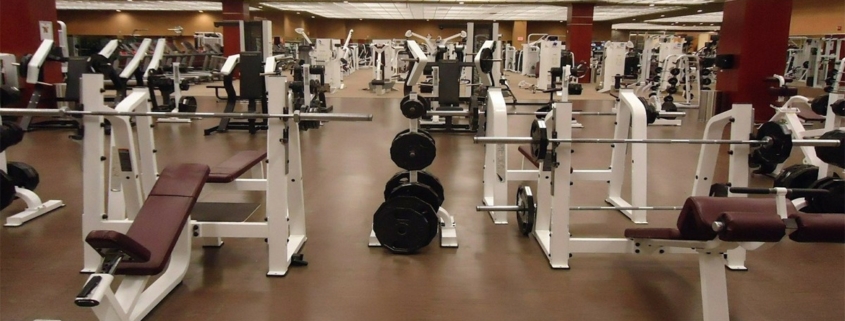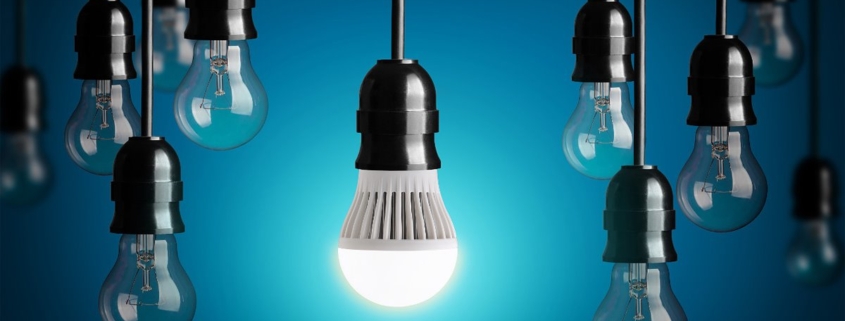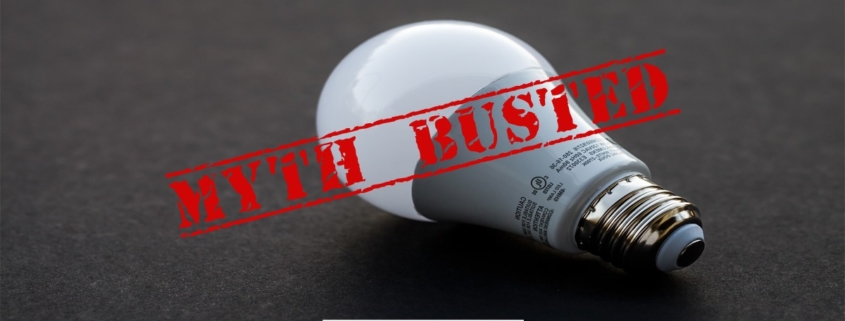Why LED Is Ideal for Gym Lighting
Lighting has a significant impact on our lives from our mood to our productivity at work. Many factors need to be taken into consideration when determining the ideal gym lighting. Here are some tips for lighting gyms and why LED lighting is the best option.
Why LED Is Ideal for Gym Lighting
Finding the appropriate lighting for any room can be tricky, but lighting a gym can be especially difficult. There are many kinds of gymnasiums from commercial to home gyms. LED lights can provide the ideal lighting solution for any type of gym.
Ceiling your fate
Gyms are traditionally large rooms with high ceilings. As such, the first step to commercial gym lighting is a ceiling that’s at least 20 feet above the floor. However, high ceilings result in high risk and more difficult maintenance when cleaning or changing a light bulb.
When lighting a gym, it is ideal to change them the least often possible. Due to the high ceilings, maintenance can be costly and time-consuming. LED lights can reduce maintenance costs, because of their durability and long lifespan.
Athletes need room to exercise at the gym since many workouts consist of lifting weights in the air. Gym-goers should be preoccupied with the weight they are lifting over their heads and not accidentally hitting a light fixture.
In terms of fitness center lighting, high ceilings are even more prominent. Fitness centers typically include indoor team sports such as basketball and soccer. Both of these sports can result in a ball flying high and hitting a light.
While a game of indoor basketball probably won’t take place in your home, the ceiling still needs to be considered for home gym lighting.
Athletes look at the ceiling at the gym, a lot. A large number of exercises require laying on your back and staring at the ceiling. The type of light shouldn’t be distracting when staring at the ceiling during a workout.
Types of fitness center lighting systems
When taking on a gym lighting project, the ideal lighting should create a comfortable environment for all athletes.
The most common gym lighting systems, metal halide and high-pressure sodium (HPS) lights, are not ideal for lighting gyms. Both of these systems contain the toxic element, mercury, and need to be disposed of properly.
LED lights do not contain mercury and have been known to benefit your health. This important to health-conscious gym-goers.
Athletes need to stay focused and do not want to be distracted by unnecessary buzzing or flickering coming from lights. Metal halide lights are known to be noisy and can buzz after extended periods of use. In contrast, LED lights don’t flicker or buzz.
Remember, gym-goers will spend a lot of time staring at the ceiling. Commercial gym lights that use metal halide or HPS lights have been known to flicker.
While this issue is not as prevalent when lighting a home gym, one of the biggest issues home gym projects face is using lights that are too bright. Fluorescent lights should be avoided at home since they emit harsh, bright light.
Ultimately, metal halide lights need to warm up before reaching optimal lighting. This is inconvenient for gym-goers that work out early in the morning, as well as for gym managers that need to go out of their way to warm-up the metal halide lights early in the morning. LED lights help avoid this inconvenience, since they are ready to go at the flick of the “On” switch.
An Ab-solutely Better Workout with LED Light & Power
LED Lights are the best choice when designing any gym lighting project. Whether it’s a commercial gym or an at-home gym, gym owners and gym-goers can reap from the benefits of LED gym lights.




